Home>Gardening & Outdoor>Outdoor Structures>Which Is Better: Trex Or Composite Decking?
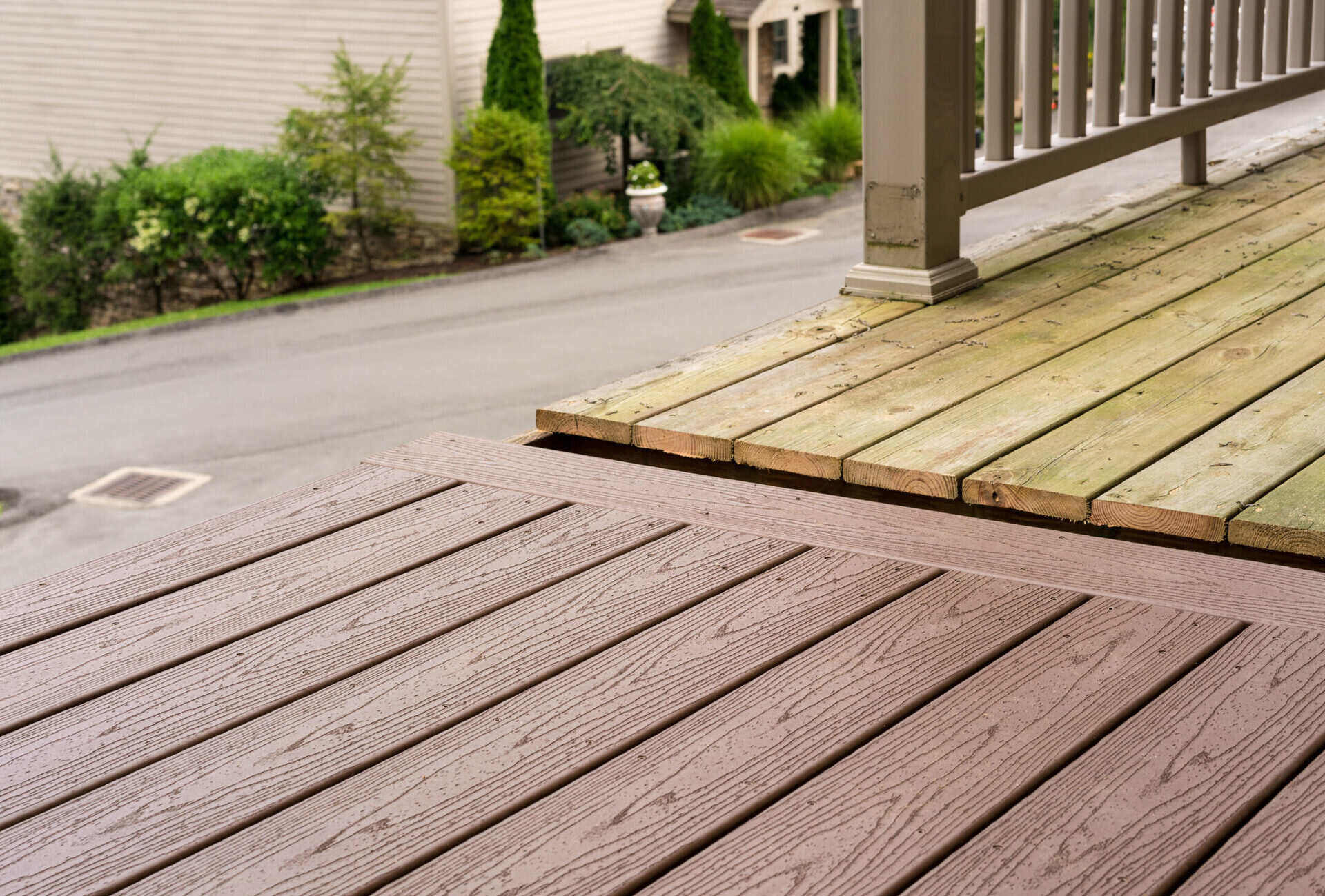

Outdoor Structures
Which Is Better: Trex Or Composite Decking?
Modified: January 18, 2024
Discover the best outdoor structures for your home with our comparison of Trex and composite decking. Find the perfect choice for your outdoor space.
(Many of the links in this article redirect to a specific reviewed product. Your purchase of these products through affiliate links helps to generate commission for Storables.com, at no extra cost. Learn more)
Introduction
Read more: Which Is Better: Composite Or PVC Decking
Introduction
When it comes to enhancing the outdoor living space of your home, a well-designed and durable deck can provide the perfect setting for relaxation, entertainment, and enjoying the beauty of nature. With a wide array of decking materials available, choosing the right option can be a daunting task. Two popular choices that often come into consideration are Trex decking and composite decking. Both options offer unique features and benefits, and understanding the differences between them is crucial for making an informed decision.
In this comprehensive guide, we will delve into the intricacies of Trex decking and composite decking, shedding light on their distinct characteristics, costs, maintenance requirements, environmental impact, and design options. By the end of this exploration, you will be equipped with the knowledge needed to determine which decking material best suits your preferences, lifestyle, and budget. So, let's embark on this journey to unravel the nuances of Trex decking and composite decking, ultimately answering the question: Which is better?
Key Takeaways:
- Trex decking and composite decking offer durable, low-maintenance outdoor flooring options with diverse design choices, catering to different homeowner preferences and environmental values.
- Both Trex decking and composite decking prioritize sustainability, durability, and aesthetics, providing homeowners with versatile choices for creating captivating outdoor living spaces.
What is Trex Decking?
Trex decking is a high-performance, wood-alternative decking option that has gained widespread popularity for its exceptional durability, low maintenance requirements, and eco-friendly composition. It is crafted from a unique blend of reclaimed wood, recycled plastic, and innovative additives, resulting in a product that emulates the natural beauty of wood while offering superior longevity and resilience.
One of the defining features of Trex decking is its remarkable resistance to fading, staining, scratching, and mold. This is attributed to its protective shell, which is engineered to withstand the rigors of outdoor exposure while retaining its pristine appearance for years to come. Additionally, Trex decking boasts excellent termite resistance, making it an ideal choice for regions prone to pest infestations.
Furthermore, Trex decking is celebrated for its minimal maintenance requirements. Unlike traditional wood decking, which demands regular staining, sealing, and sanding to preserve its integrity, Trex decking simply requires occasional cleaning with soap and water to maintain its luster. This not only saves homeowners valuable time and effort but also eliminates the need for environmentally harmful chemical treatments.
From an environmental standpoint, Trex decking is a sustainable choice that promotes responsible resource utilization. By incorporating recycled materials into its composition, it reduces the demand for virgin wood and plastic, thus contributing to the conservation of natural resources. Moreover, Trex decking is designed to have a long lifespan, minimizing the frequency of replacements and reducing waste accumulation in landfills.
With a wide spectrum of color options and finishes, Trex decking offers versatile design possibilities, allowing homeowners to customize their outdoor spaces according to their aesthetic preferences. Whether seeking the warm allure of classic wood tones or the contemporary appeal of modern shades, there is a Trex decking variant to suit every style.
In essence, Trex decking stands as a testament to innovation, sustainability, and enduring beauty, making it a compelling choice for those seeking a premium decking solution that harmonizes performance and environmental responsibility.
What is Composite Decking?
Composite decking represents a revolutionary approach to outdoor flooring, offering a harmonious blend of durability, aesthetics, and sustainability. Composed of a fusion of wood fibers, recycled plastic, and bonding agents, composite decking presents a compelling alternative to traditional lumber, showcasing remarkable strength and resilience in various environmental conditions.
One of the primary attractions of composite decking lies in its exceptional durability. Engineered to withstand the challenges of moisture, UV exposure, and heavy foot traffic, composite decking delivers long-lasting performance without succumbing to common issues such as rotting, splintering, or warping. This robustness is further enhanced by the absence of traditional wood components, rendering composite decking impervious to insect damage and fungal decay.
Moreover, composite decking is celebrated for its low-maintenance nature. Unlike natural wood, which demands regular staining, sealing, and sanding to preserve its structural integrity and appearance, composite decking requires minimal upkeep. Routine cleaning with soap and water is typically all that is needed to maintain its allure, freeing homeowners from the burdensome tasks associated with traditional wood care.
From an environmental perspective, composite decking exemplifies a sustainable ethos by incorporating recycled materials into its composition. By utilizing post-consumer and post-industrial plastics along with wood byproducts, composite decking contributes to the reduction of waste while minimizing the reliance on virgin resources. This eco-conscious approach aligns with the growing emphasis on responsible consumption and environmental stewardship.
Furthermore, composite decking offers a diverse array of design options, encompassing an assortment of colors, textures, and finishes. Whether seeking the timeless elegance of natural wood grains or the contemporary appeal of sleek, monochromatic surfaces, homeowners can personalize their outdoor spaces to reflect their unique style preferences. Additionally, composite decking can be tailored to emulate the appearance of exotic hardwoods or authentic timber, providing a versatile canvas for creative outdoor designs.
In essence, composite decking epitomizes the fusion of innovation, durability, and sustainability, presenting homeowners with a compelling choice for elevating their outdoor living environments while minimizing the impact on the environment.
Cost Comparison
When weighing the financial considerations of decking materials, understanding the cost disparities between Trex decking and composite decking is pivotal in making an informed decision. While both options offer long-term value and durability, there are notable differences in initial expenses and lifetime expenditure.
Trex decking typically commands a higher upfront cost compared to traditional wood decking, reflecting its premium quality, longevity, and low-maintenance attributes. However, it is essential to recognize that this initial investment translates into substantial long-term savings. By virtue of its minimal maintenance requirements and resistance to common issues such as rot, mold, and fading, Trex decking eliminates the ongoing expenses associated with staining, sealing, and repairs, thereby delivering considerable cost-efficiency over its lifespan.
On the other hand, composite decking presents a more moderate initial cost when juxtaposed with Trex decking. While it may necessitate a slightly lower upfront investment, it still offers exceptional durability, longevity, and low-maintenance benefits. This makes composite decking an appealing choice for homeowners seeking a balance between affordability and long-term value. By requiring minimal upkeep and exhibiting resistance to environmental stressors, composite decking minimizes the need for costly maintenance and replacements, contributing to its cost-effectiveness over time.
It is important to consider the regional variations in material costs and installation expenses, as these factors can influence the overall affordability of Trex decking and composite decking. Additionally, the size of the deck, its design complexity, and the chosen accessories and railing systems can impact the total project cost. Therefore, consulting with reputable decking professionals and obtaining detailed estimates tailored to specific project requirements is essential for accurate cost assessment.
Ultimately, while the initial cost of Trex decking may be higher than that of composite decking, both options offer compelling long-term savings through their minimal maintenance demands, extended lifespan, and resistance to deterioration. By factoring in the total cost of ownership, including maintenance, repairs, and replacements, homeowners can make a well-informed investment that aligns with their budget and performance expectations.
Read more: How To Lay Trex Composite Decking
Maintenance and Durability
When evaluating decking materials, the aspects of maintenance and durability play a pivotal role in determining their suitability for long-term use in outdoor environments. Both Trex decking and composite decking are renowned for their resilience and minimal maintenance requirements, offering homeowners the assurance of enduring performance and aesthetic appeal.
Trex decking stands as a paragon of durability, engineered to withstand the rigors of outdoor exposure with remarkable fortitude. Its protective shell, crafted from a composite of polymer resins, offers unparalleled resistance to fading, staining, scratching, and mold. This robust exterior shields the decking from the detrimental effects of UV radiation, moisture, and foot traffic, ensuring that it retains its allure and structural integrity for years to come. Moreover, Trex decking exhibits exceptional resistance to termites, splintering, and decay, further enhancing its longevity and reliability.
In terms of maintenance, Trex decking presents a compelling proposition for homeowners seeking a hassle-free outdoor flooring solution. Unlike traditional wood decking, which necessitates regular staining, sealing, and sanding to preserve its appearance and structural soundness, Trex decking requires minimal upkeep. Routine cleaning with soap and water is typically sufficient to remove surface debris and maintain its luster, freeing homeowners from the burdensome tasks associated with wood care. This minimal maintenance regimen not only saves time and effort but also eliminates the need for environmentally harmful chemical treatments, aligning with sustainable living practices.
Similarly, composite decking embodies a paradigm of durability, exhibiting exceptional resistance to moisture, UV exposure, and wear. Its composition of wood fibers, recycled plastic, and bonding agents engenders a robust material that withstands the challenges of outdoor conditions without succumbing to issues such as rotting, warping, or insect damage. This durability ensures that composite decking maintains its structural integrity and visual appeal over an extended lifespan, making it a reliable choice for outdoor flooring.
From a maintenance standpoint, composite decking offers homeowners the advantage of minimal upkeep. Regular cleaning with soap and water is typically all that is needed to preserve its aesthetics and performance, sparing homeowners from the laborious and costly maintenance tasks associated with traditional wood decking. This low-maintenance attribute not only simplifies the care routine but also contributes to long-term cost savings and environmental sustainability.
In essence, both Trex decking and composite decking exemplify durability and minimal maintenance, offering homeowners the assurance of enduring performance and aesthetic appeal in their outdoor living spaces. By choosing either option, homeowners can relish the benefits of a resilient, low-maintenance decking solution that harmonizes with their lifestyle and environmental values.
When choosing between Trex and composite decking, consider factors like durability, maintenance, and cost. Trex is a specific brand of composite decking, so compare different composite options to find the best fit for your needs.
Environmental Impact
As the global emphasis on environmental sustainability continues to grow, the ecological footprint of decking materials has become a significant consideration for homeowners seeking to minimize their impact on the environment. Both Trex decking and composite decking present compelling eco-friendly attributes, reflecting a commitment to responsible resource utilization and waste reduction.
Trex decking embodies a sustainable ethos by incorporating reclaimed wood, recycled plastic, and innovative additives into its composition. By utilizing these recycled materials, Trex reduces the demand for virgin resources, thereby contributing to the conservation of natural wood and the mitigation of plastic waste. This approach aligns with the principles of responsible environmental stewardship, promoting the efficient use of materials and the reduction of ecological strain.
Moreover, Trex decking’s enduring longevity minimizes the frequency of replacements, reducing the accumulation of discarded decking materials in landfills. Its resistance to deterioration, fading, and mold ensures that it maintains its allure and structural integrity over an extended lifespan, mitigating the need for premature disposal. This sustainability-driven design not only aligns with environmental preservation goals but also offers homeowners a decking solution that harmonizes with their eco-conscious values.
Similarly, composite decking exemplifies a sustainable approach to outdoor flooring by integrating wood fibers, recycled plastic, and bonding agents to create a durable and environmentally responsible material. By utilizing post-consumer and post-industrial plastics along with wood byproducts, composite decking contributes to waste reduction and the conservation of natural resources. This eco-conscious composition reflects a commitment to sustainable manufacturing practices and responsible material sourcing.
Furthermore, the enduring durability of composite decking minimizes the frequency of replacements, reducing the volume of discarded decking materials entering landfills. Its resistance to rot, insect damage, and decay ensures that it maintains its structural integrity and visual appeal over an extended lifespan, aligning with the principles of long-term sustainability and waste reduction.
By choosing Trex decking or composite decking, homeowners can embrace an environmentally conscious approach to outdoor living, reducing their reliance on virgin resources and minimizing waste accumulation. These decking options offer a compelling synergy of durability, aesthetics, and sustainability, aligning with the evolving ethos of responsible consumption and environmental stewardship.
Aesthetics and Design Options
When envisioning an outdoor oasis, the aesthetics and design versatility of decking materials play a pivotal role in shaping the ambiance and visual allure of the space. Both Trex decking and composite decking offer a diverse array of design options, allowing homeowners to personalize their outdoor environments according to their style preferences and architectural motifs.
Trex decking presents an extensive spectrum of color options and finishes, catering to a myriad of design sensibilities. Whether seeking the warm, inviting allure of classic wood tones, the contemporary elegance of modern shades, or the timeless appeal of earthy hues, there is a Trex decking variant to suit every aesthetic inclination. This breadth of color choices empowers homeowners to create captivating outdoor settings that seamlessly integrate with their home’s architectural style and natural surroundings.
Furthermore, Trex decking is available in various textures and grain patterns, enabling homeowners to emulate the authentic look and feel of natural wood without compromising on durability and low maintenance. Whether desiring the rustic charm of weathered timber or the sleek sophistication of polished surfaces, Trex decking offers a rich tapestry of textures that elevate outdoor aesthetics and evoke a sense of timeless elegance.
Similarly, composite decking offers a diverse array of design options, encompassing an assortment of colors, textures, and finishes that cater to diverse design preferences. Whether seeking the classic warmth of wood grains, the contemporary allure of monochromatic surfaces, or the exotic elegance of tropical hardwoods, composite decking provides a versatile canvas for creative outdoor designs.
Moreover, composite decking can be tailored to emulate the appearance of authentic timber, offering homeowners the opportunity to infuse their outdoor spaces with the natural beauty of wood while benefiting from the durability and low-maintenance attributes of composite materials. This flexibility in design allows homeowners to curate captivating outdoor environments that reflect their individual style and enrich their outdoor living experiences.
In essence, both Trex decking and composite decking offer a rich tapestry of design options, empowering homeowners to realize their vision of an enchanting outdoor retreat. Whether seeking a traditional, transitional, or contemporary aesthetic, these decking options provide a versatile palette for creating captivating outdoor living spaces that resonate with personal style and architectural harmony.
Conclusion
As we conclude our exploration of Trex decking and composite decking, it becomes evident that both options offer compelling attributes and benefits, presenting homeowners with versatile choices for enhancing their outdoor living spaces. The decision between Trex decking and composite decking hinges on a multitude of factors, including personal preferences, lifestyle considerations, budget constraints, and environmental consciousness.
Trex decking stands as a testament to innovation, sustainability, and enduring beauty, offering homeowners a premium decking solution that harmonizes performance and environmental responsibility. Its remarkable durability, resistance to fading and staining, and minimal maintenance requirements make it an appealing choice for those seeking a low-maintenance, long-lasting outdoor flooring option that emulates the natural allure of wood without the drawbacks associated with traditional lumber.
On the other hand, composite decking embodies a fusion of innovation, durability, and sustainability, presenting homeowners with a compelling choice for elevating their outdoor living environments while minimizing the impact on the environment. Its exceptional resilience, low-maintenance nature, and diverse design options make it an attractive option for those seeking a balance between affordability and long-term value, without compromising on aesthetic appeal.
Ultimately, the decision between Trex decking and composite decking rests on individual priorities and the specific requirements of each outdoor living space. Whether prioritizing longevity, low maintenance, design versatility, or environmental consciousness, both decking options offer a harmonious blend of aesthetics, durability, and sustainability, catering to a diverse array of homeowner needs and preferences.
By delving into the nuances of Trex decking and composite decking, homeowners can make informed decisions that align with their vision for an enchanting outdoor retreat. Whether seeking the timeless elegance of classic wood tones, the contemporary allure of modern finishes, or the sustainable appeal of eco-friendly materials, Trex decking and composite decking stand as compelling options for transforming outdoor living spaces into captivating havens of relaxation, entertainment, and natural beauty.
Frequently Asked Questions about Which Is Better: Trex Or Composite Decking?
Was this page helpful?
At Storables.com, we guarantee accurate and reliable information. Our content, validated by Expert Board Contributors, is crafted following stringent Editorial Policies. We're committed to providing you with well-researched, expert-backed insights for all your informational needs.
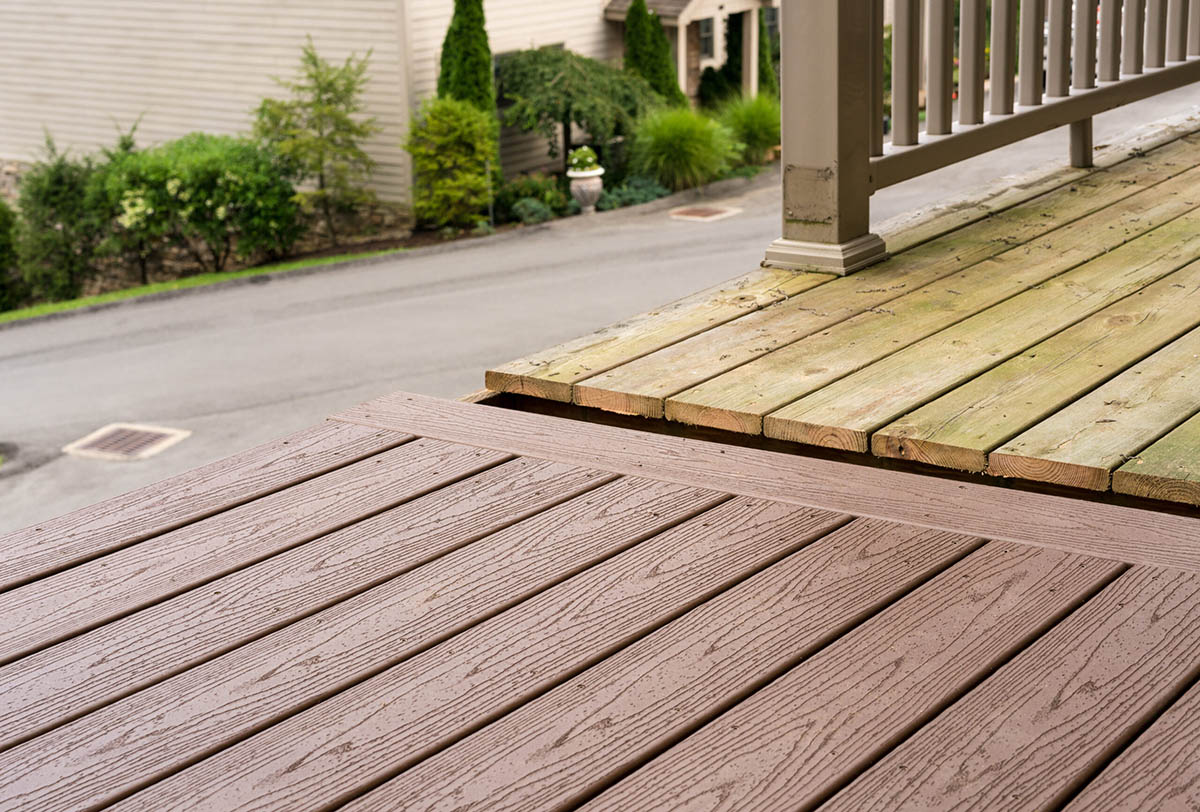
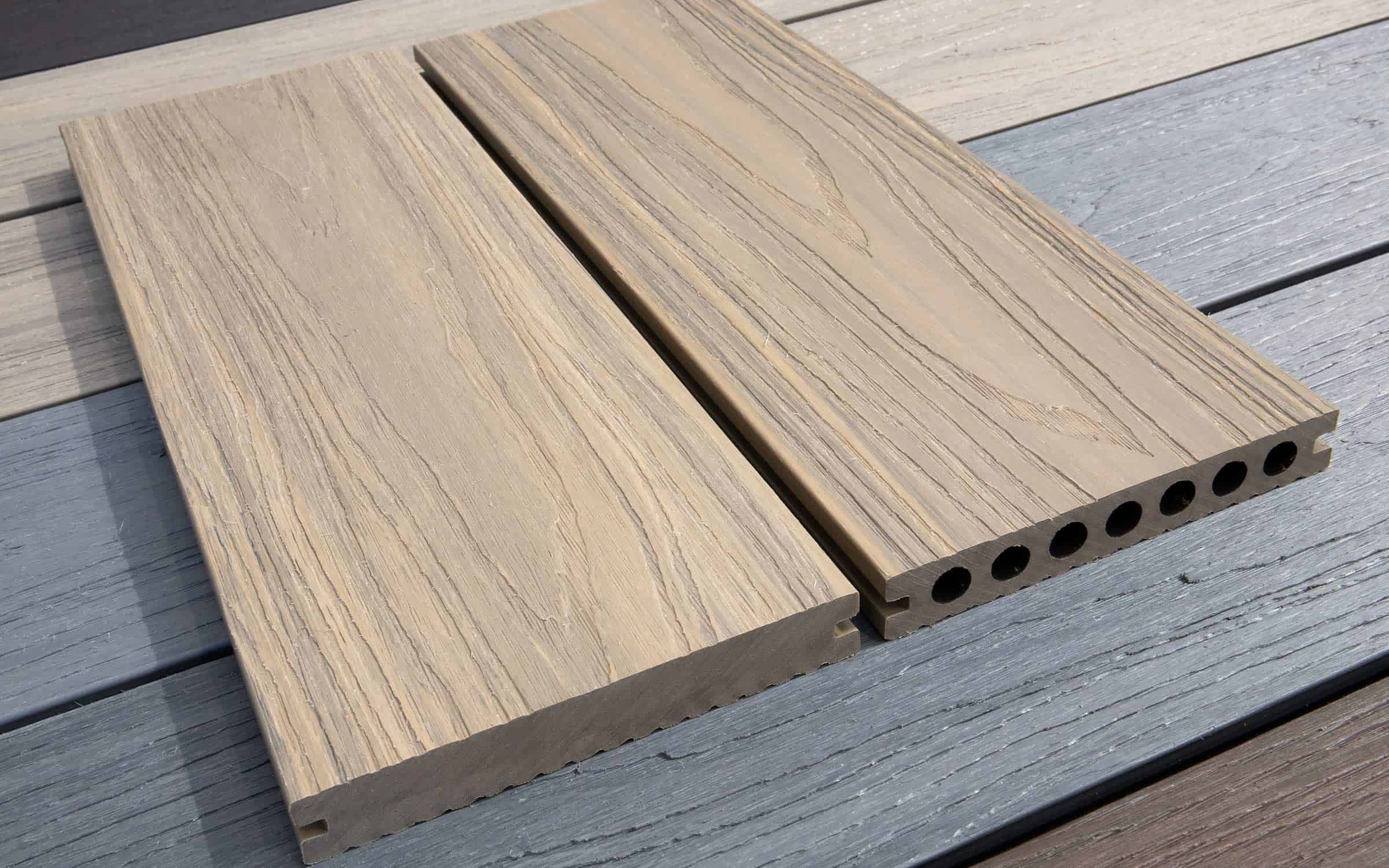
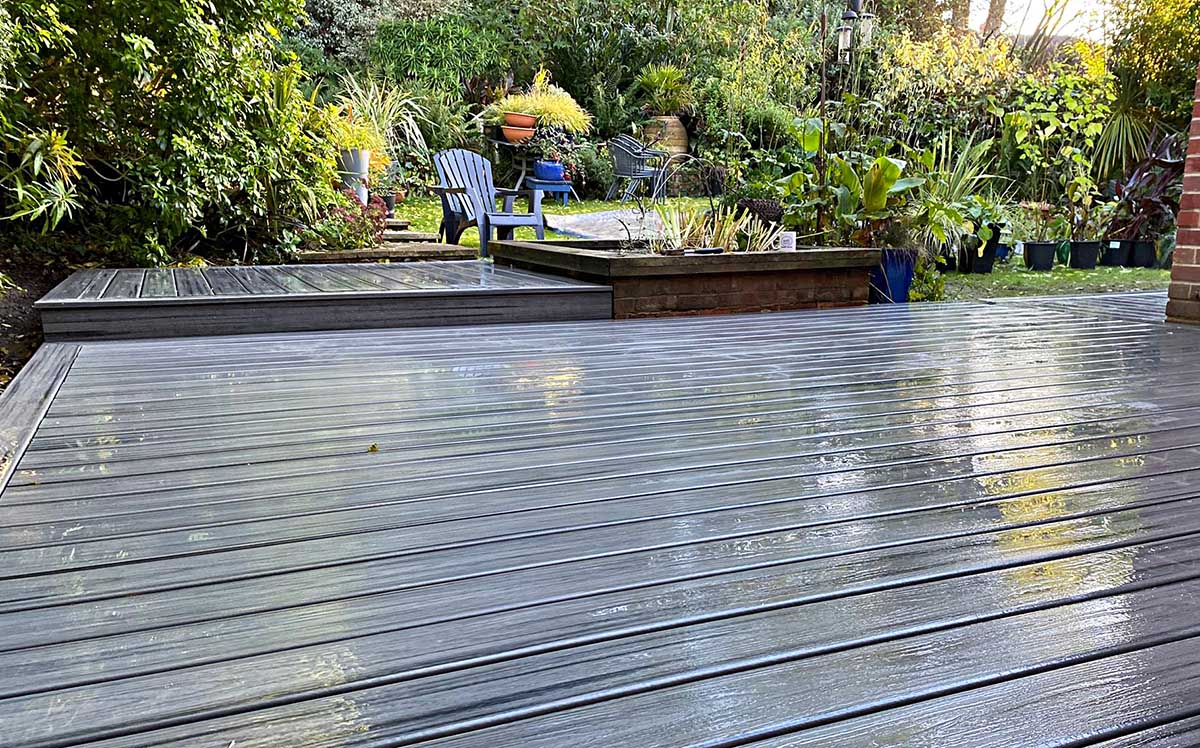
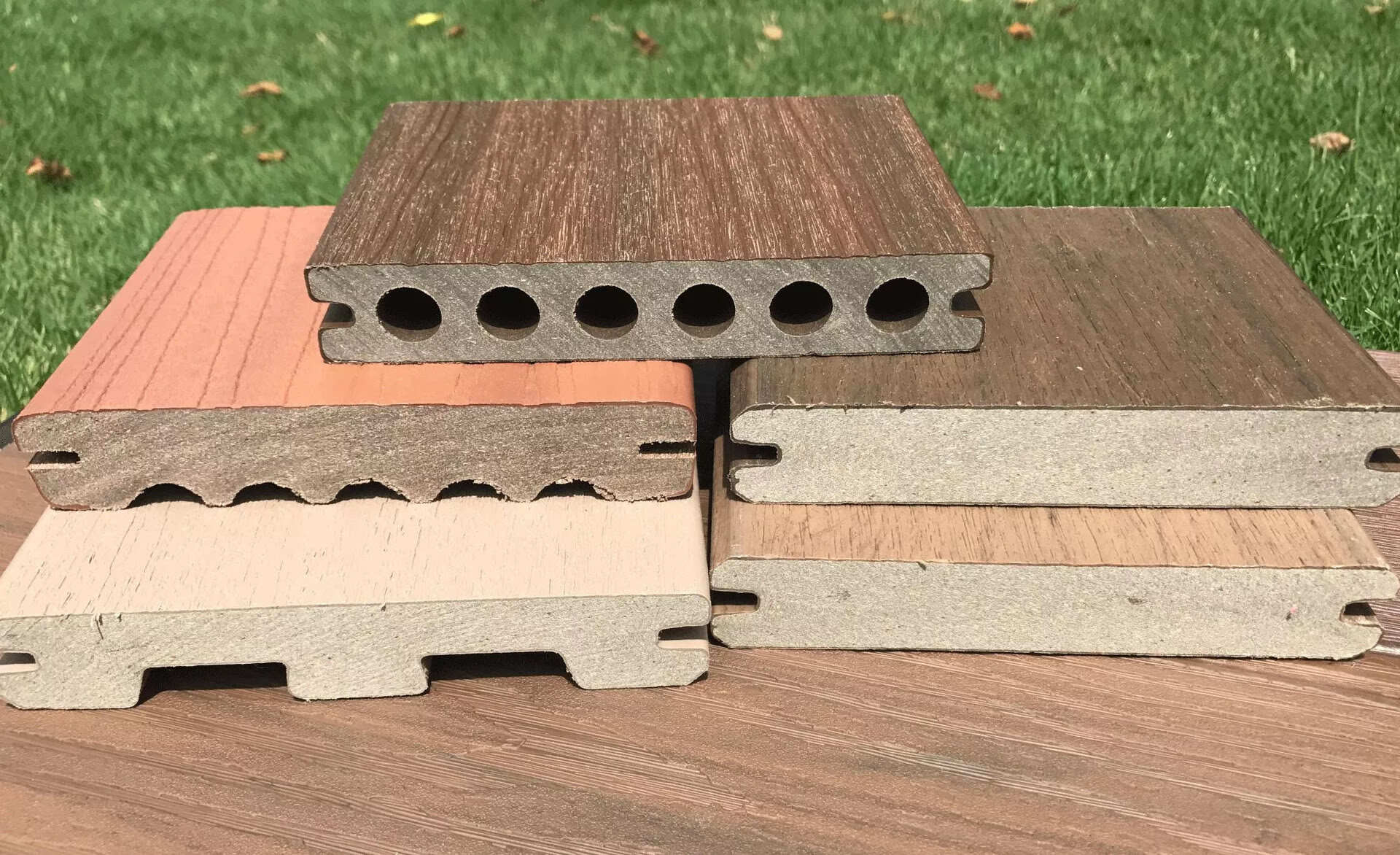
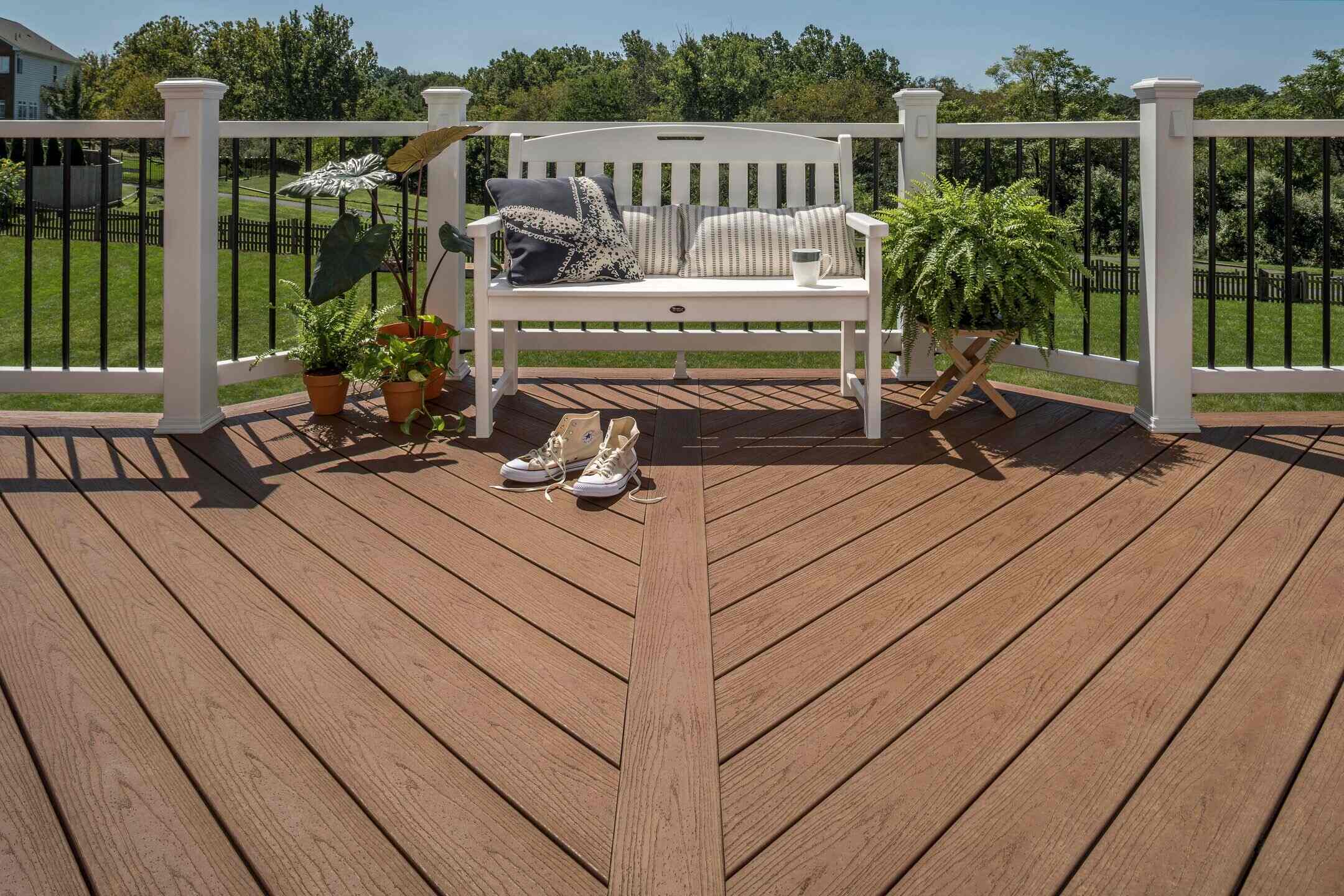
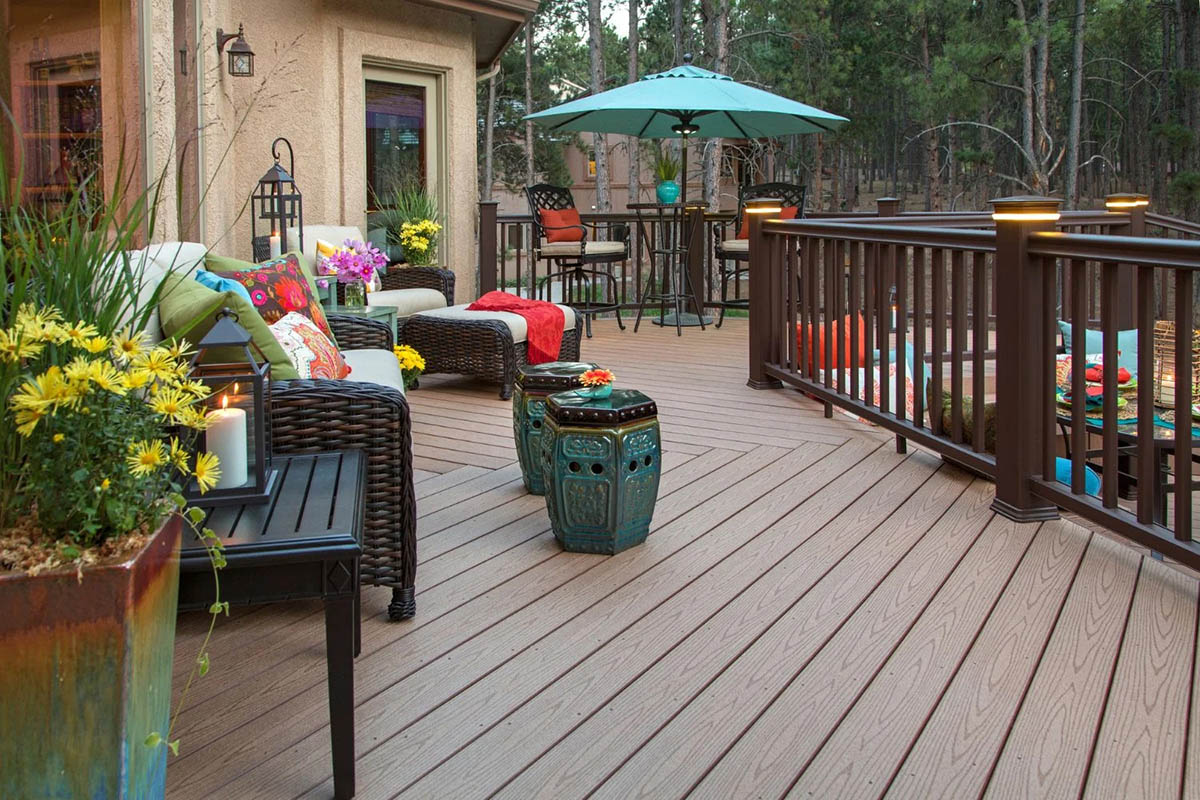
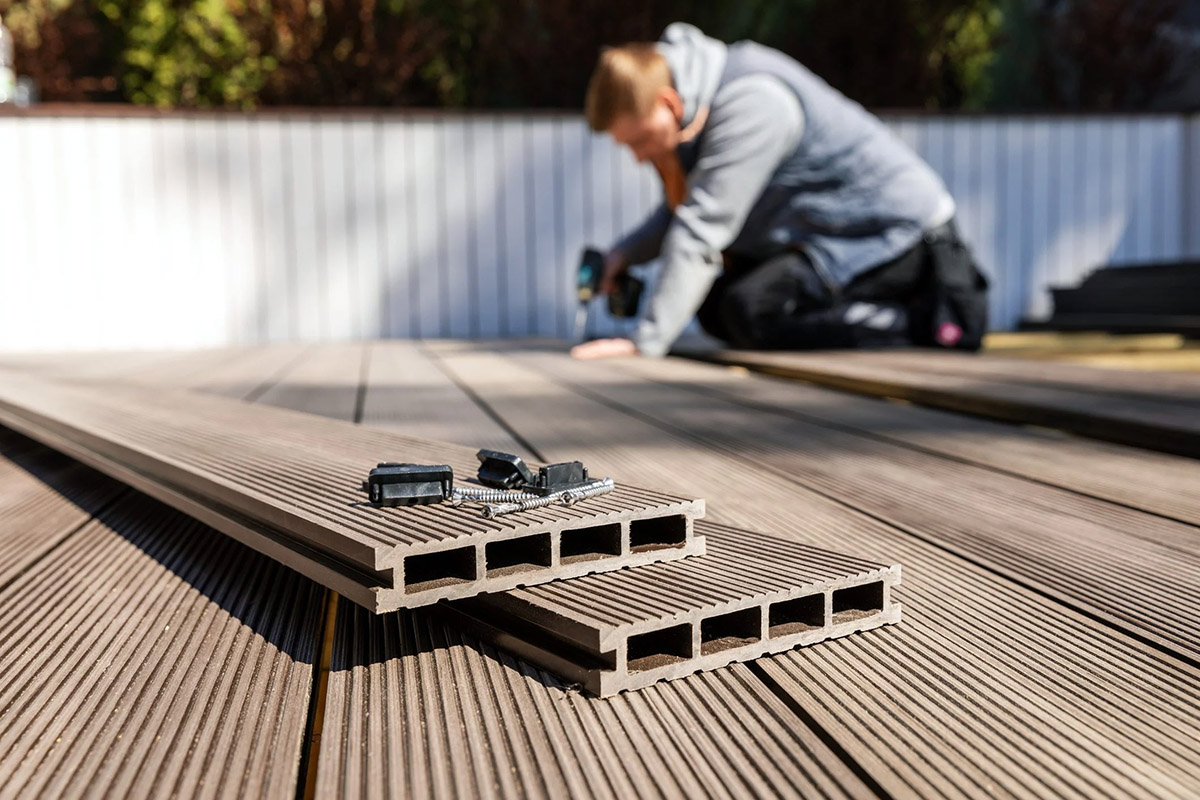
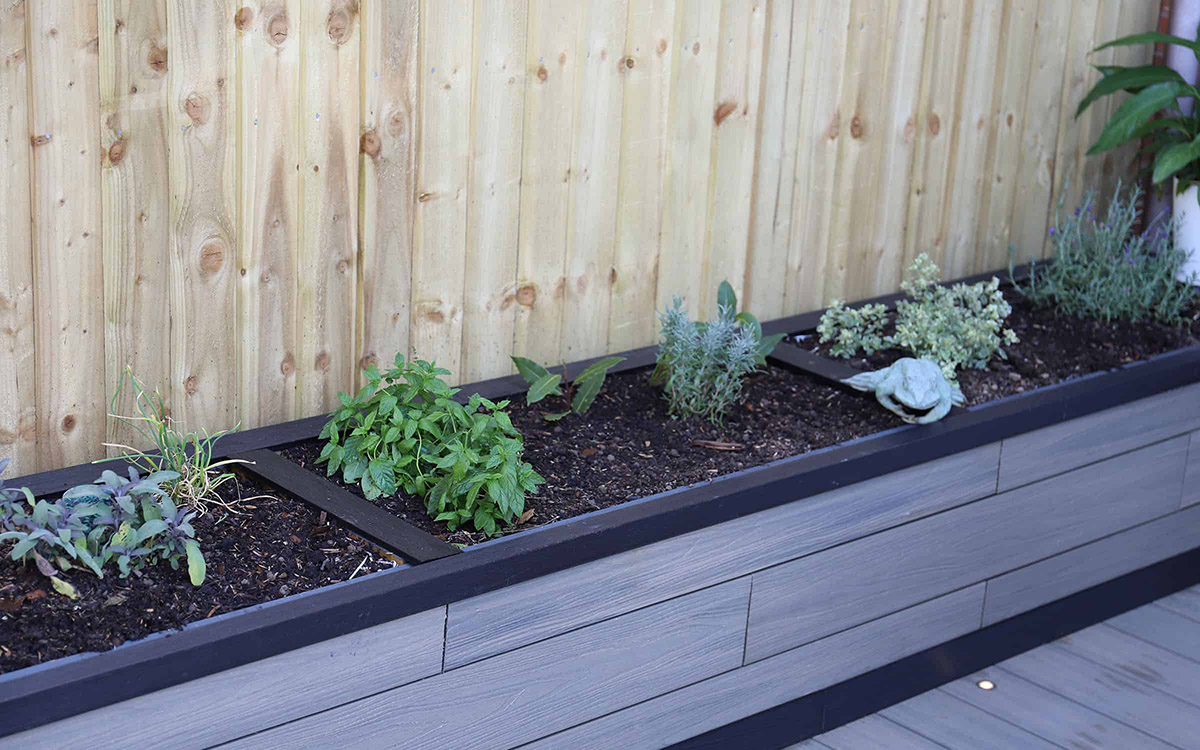
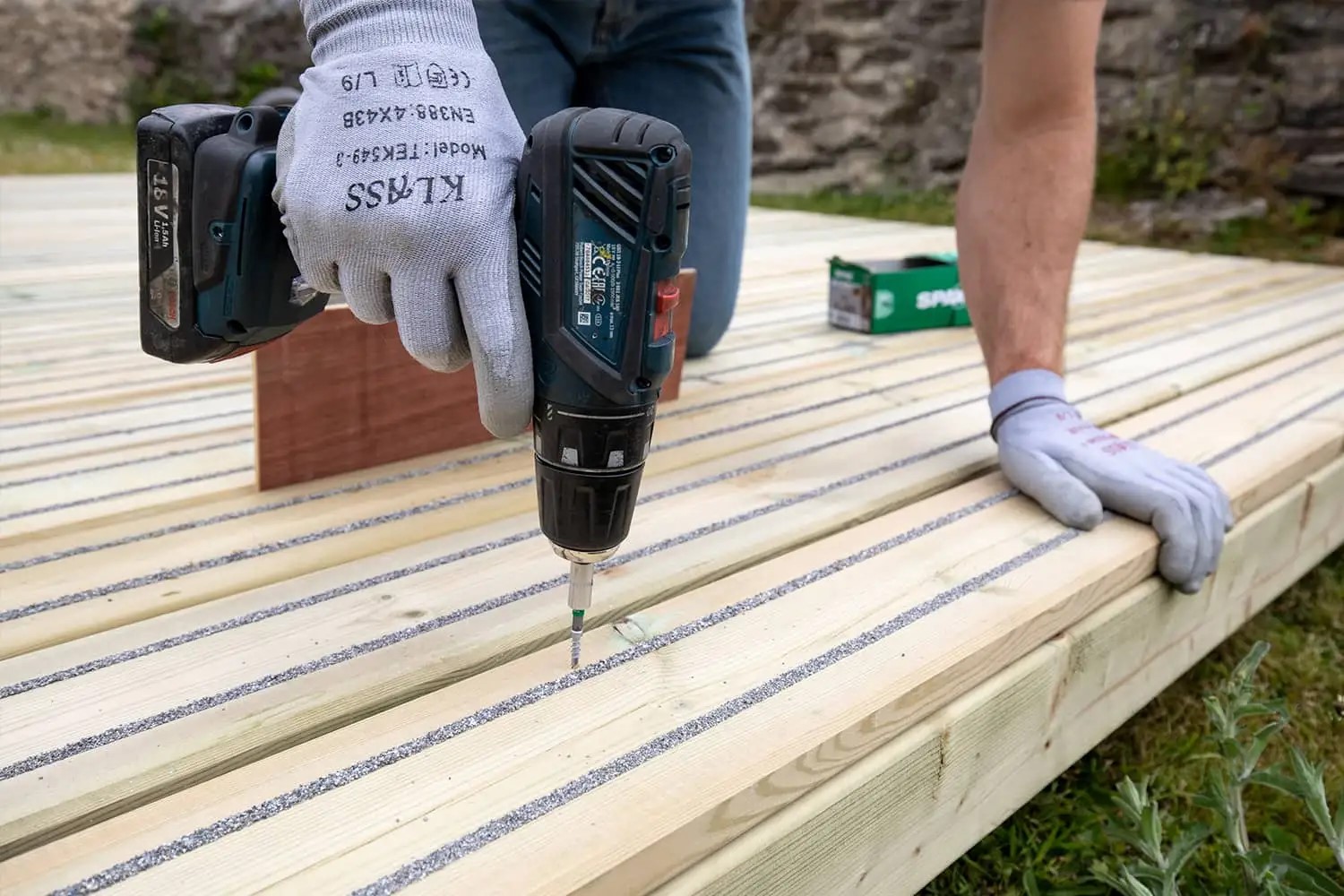
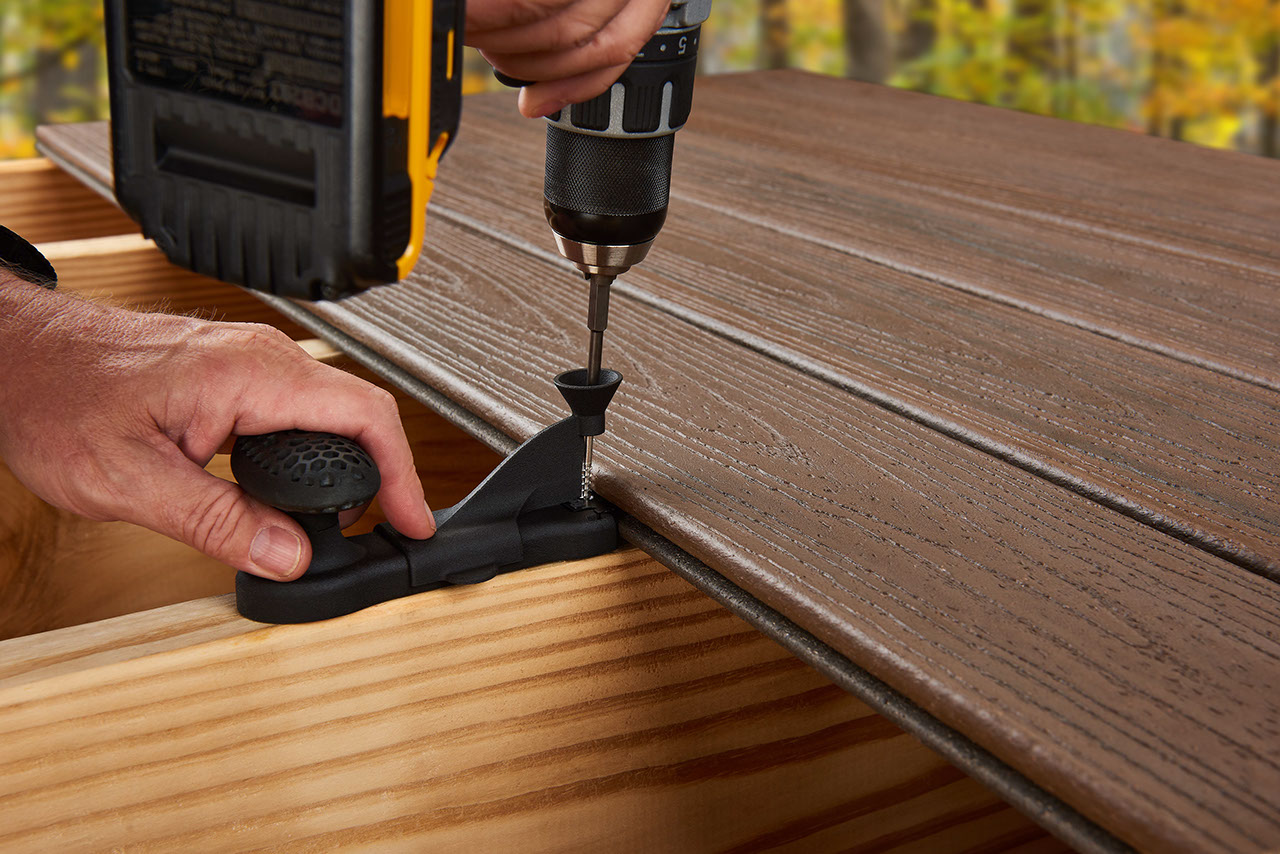
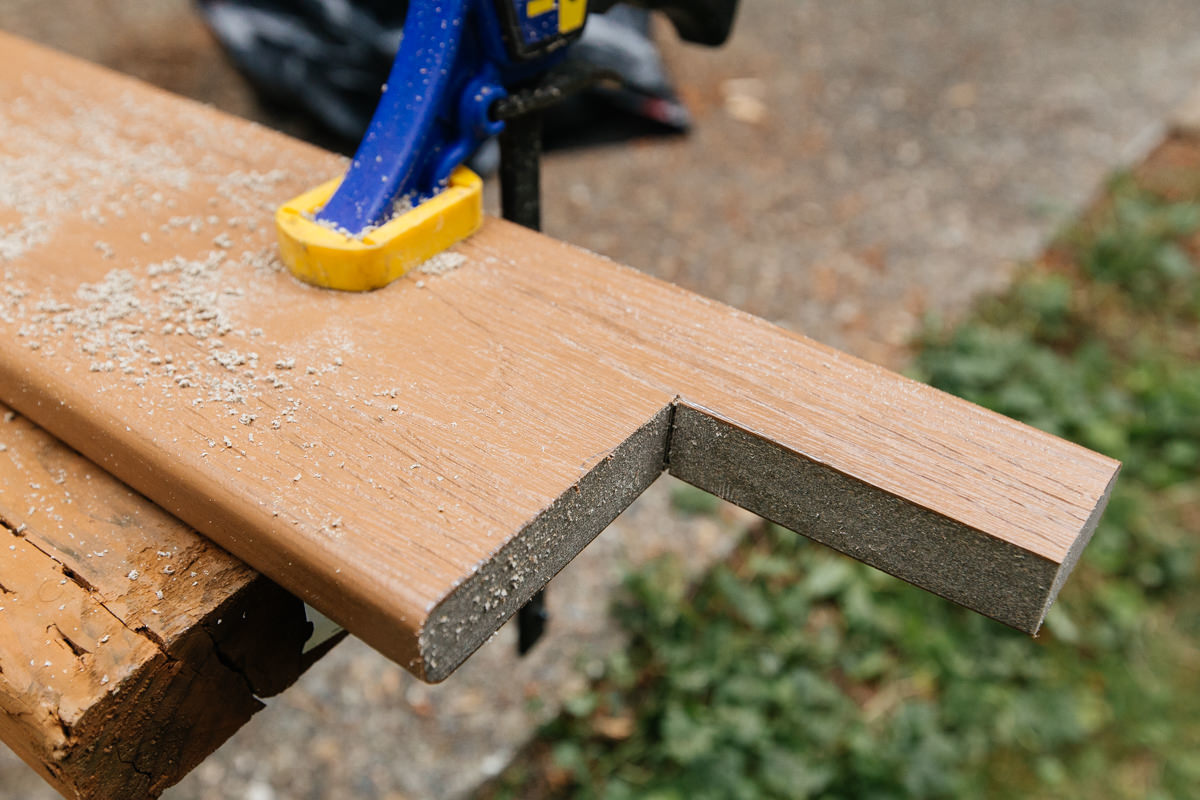
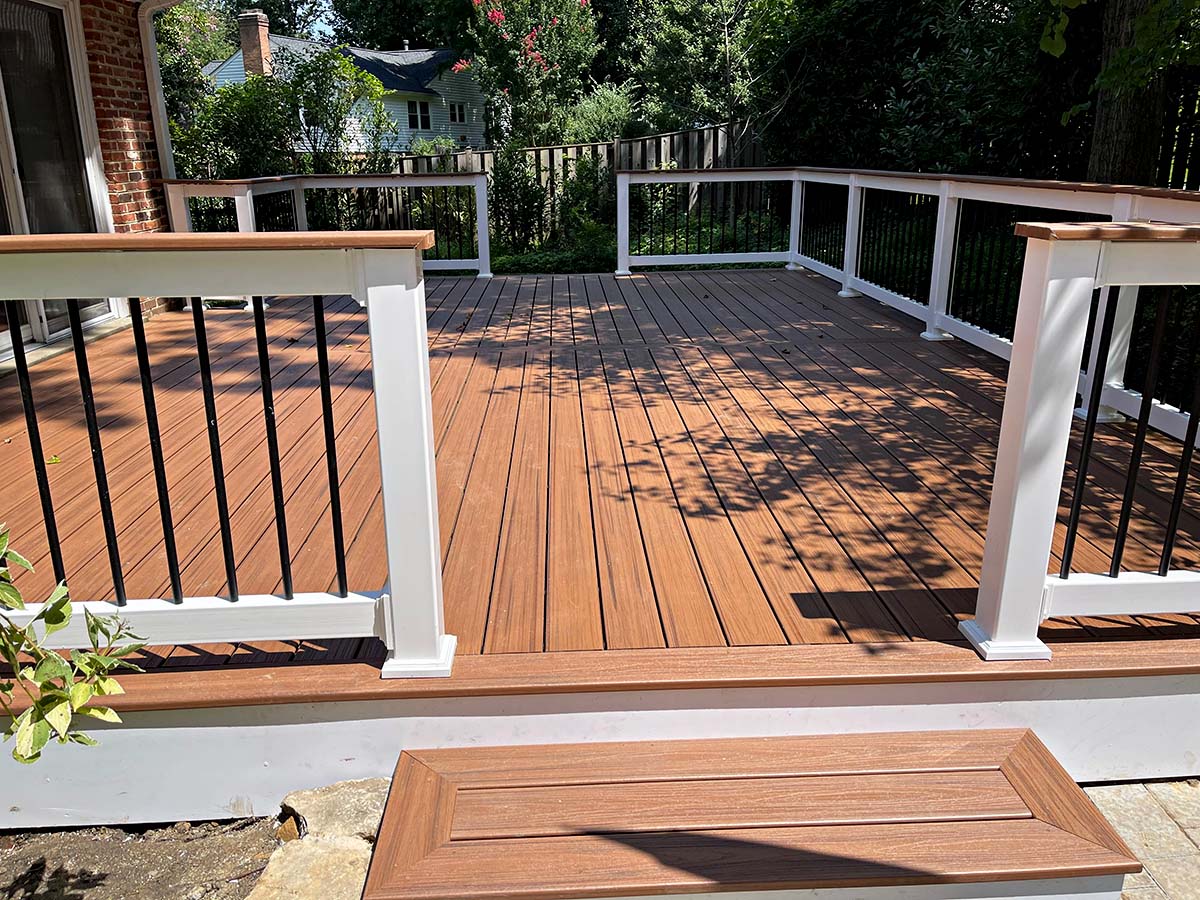
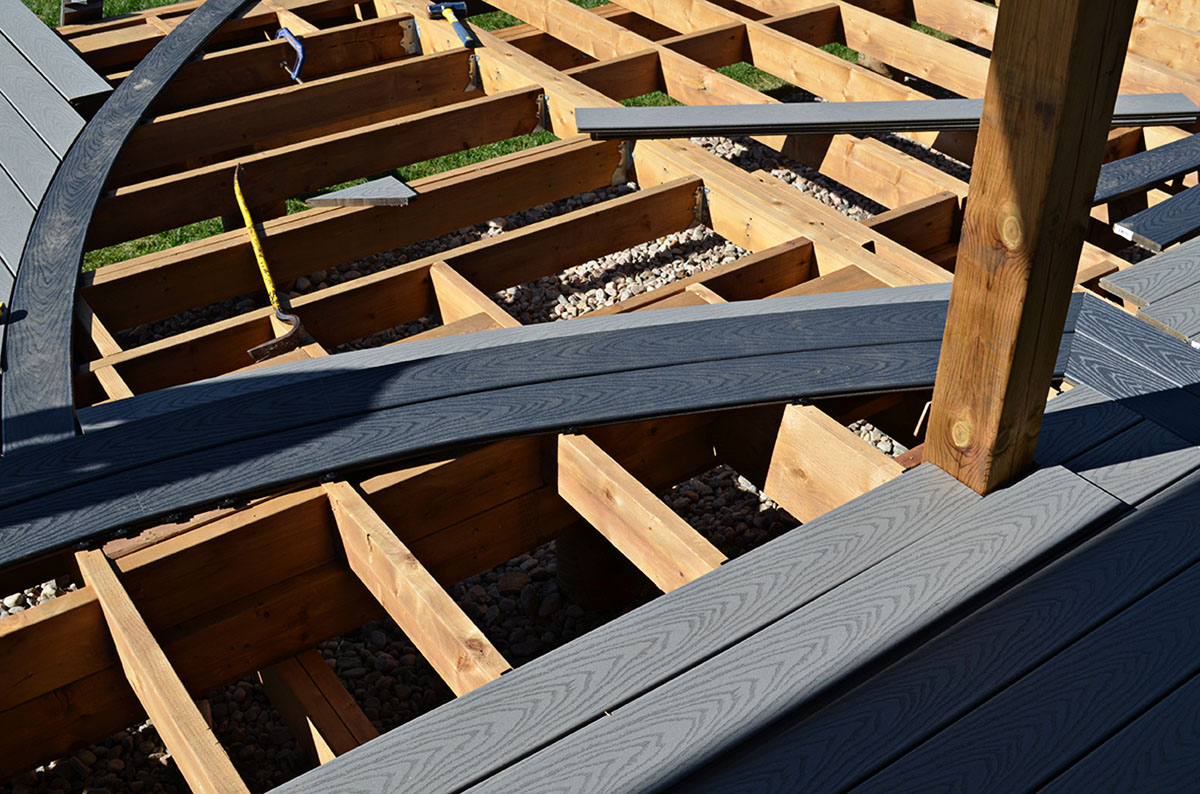
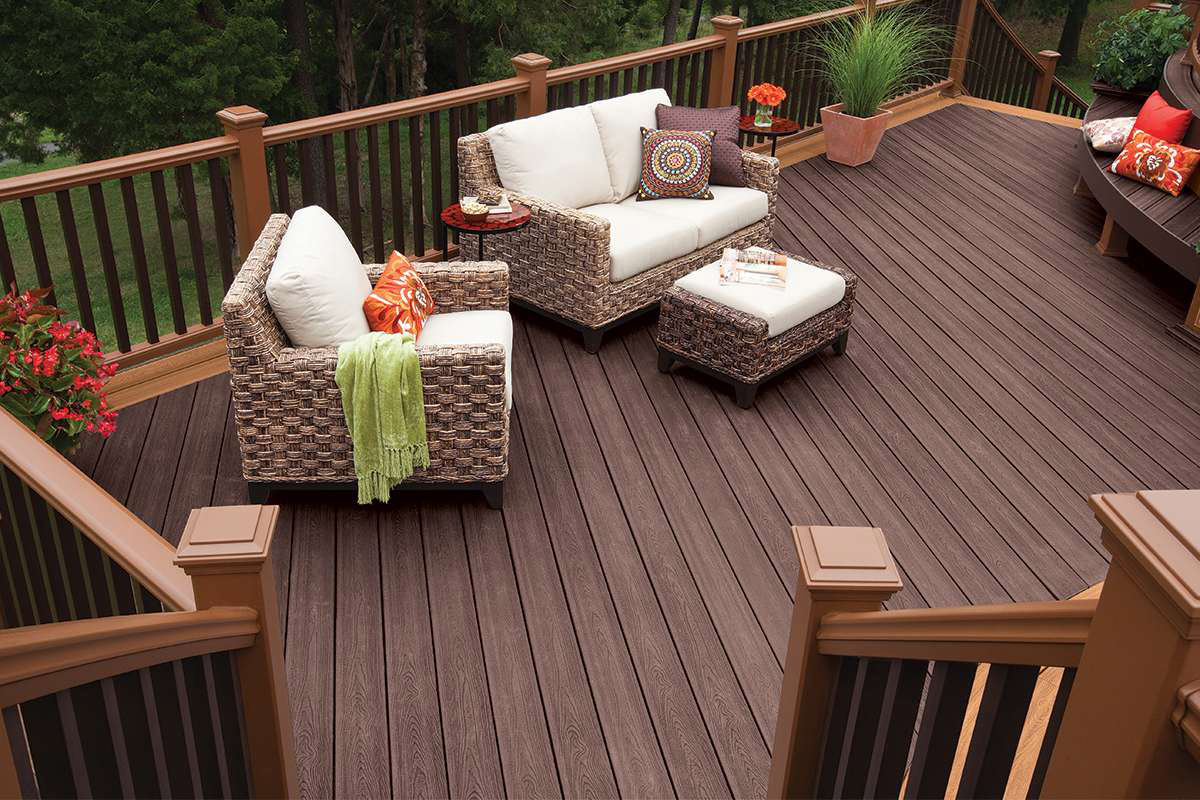

0 thoughts on “Which Is Better: Trex Or Composite Decking?”